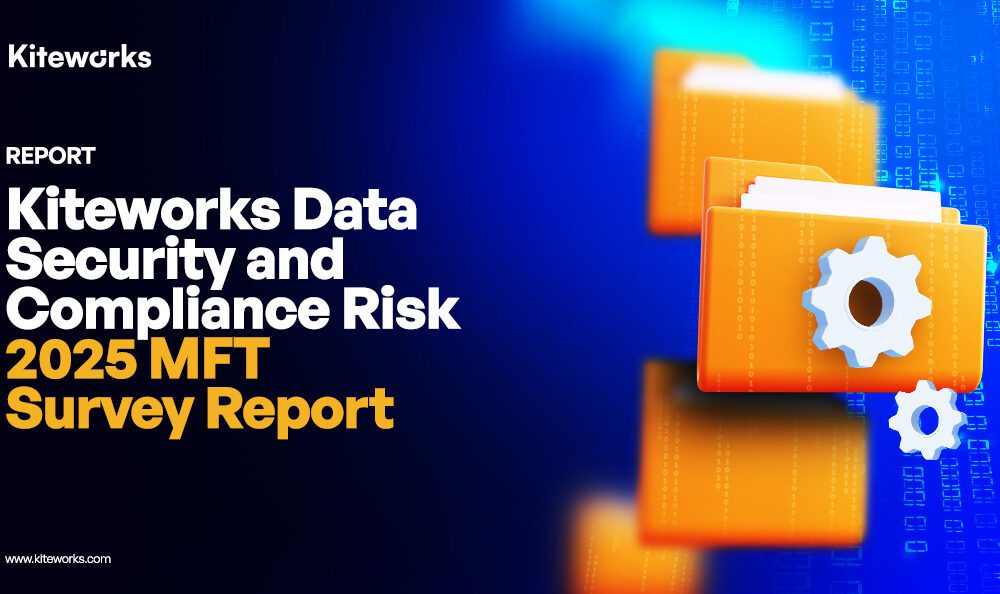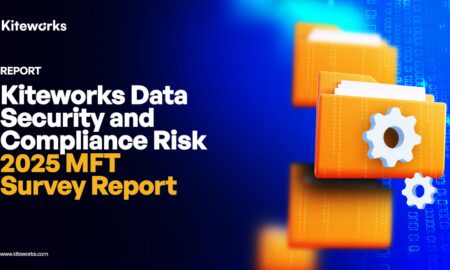Managed IT for SMBs: Top 7 Services You Actually Need (Not Just Hype)
Managed IT Services are no longer optional for growing organizations. For small and mid-sized businesses (SMBs), outsourcing IT operations provides scalability, cost predictability, and resilience against evolving cyber threats. Yet the marketplace is full of providers claiming to deliver “end-to-end” solutions, making it difficult to distinguish marketing buzz from true business value.
This article cuts through the noise by highlighting seven essential Managed IT Services that truly make an impact capabilities that enhance efficiency, strengthen security, and deliver measurable ROI.
1. Proactive Network Monitoring & Management
At the heart of every successful Managed IT partnership is proactive monitoring, a service that continuously tracks network performance, detects anomalies, and ensures all systems operate within optimal thresholds. Instead of responding to downtime, proactive monitoring enables businesses to stay one step ahead.
Why It Matters
- Uptime equals productivity and revenue. Even a brief outage can disrupt operations and impact client trust.
- Predictive maintenance helps technicians identify hardware degradation, software conflicts, and bandwidth saturation before users notice a slowdown.
- AI-driven analytics accelerate root-cause analysis, reduce false alerts, and help teams make smarter, data-backed decisions.
- Centralized dashboards allow for unified visibility across servers, endpoints, and remote offices.
In practical terms, proactive management transforms IT from a reactive firefighting role into a proactive performance enabler. The result is consistent uptime, improved employee experience, and a more stable operational foundation.
2. Cybersecurity & Threat Protection
No Managed IT strategy is complete without a comprehensive cybersecurity framework. As digital footprints expand, SMBs are increasingly targeted by phishing, ransomware, and insider threats. A sophisticated MSP integrates threat intelligence, endpoint security, and zero-trust principles into daily operations.
Key Capabilities to Expect
- 24/7 Security Operations Center (SOC): A dedicated team monitors logs, responds to suspicious activity, and initiates rapid containment protocols.
- Zero Trust architecture: Identity verification is enforced at every layer, minimizing the risk of credential misuse or lateral network movement.
- Ransomware protection: Continuous vulnerability assessments, network segmentation, and immutable backups ensure swift recovery in case of attack.
- Employee awareness programs: Regular phishing simulations and security training foster a culture of vigilance.
For SMBs, outsourcing cybersecurity to a cyber security service provider delivers enterprise-grade protection without the cost of in-house staff. It also ensures compliance alignment and business continuity, which are critical for client confidence and long-term resilience.
3. Cloud Infrastructure Management
As SMBs migrate workloads to the cloud, complexity often increases faster than expected. Managing multi-cloud or hybrid environments requires specialized tools and continuous oversight. Managed Cloud Services help organizations maintain control, optimize spend, and ensure compliance.
How Managed Cloud Services Add Value
- Cost optimization: MSPs monitor consumption patterns across AWS, Azure, and Google Cloud to eliminate underutilized resources and right-size environments.
- Scalability and agility: Workloads are dynamically provisioned based on demand, preventing overcapacity and improving performance during peak times.
- Compliance and governance: Expert teams manage data residency, encryption standards, and audit documentation for frameworks such as HIPAA, SOC 2, and ISO 27001.
- Cloud security posture management (CSPM): Automated policies detect misconfigurations that could expose sensitive data.
The true benefit of Managed Cloud Services lies in strategic orchestration. Instead of simply moving to the cloud, businesses gain the ability to operate with confidence, balancing flexibility and control while optimizing total cost of ownership.
4. Data Backup & Disaster Recovery (DRaaS)
Every SMB must prepare for worst-case scenarios. Whether caused by ransomware, accidental deletion, or hardware failure, data loss can cripple operations. Disaster Recovery as a Service (DRaaS) ensures continuity through automated, secure, and verifiable recovery processes.
Core Components
- Automated, offsite backups: Data is encrypted, replicated, and stored in secure facilities that meet compliance standards.
- Regular recovery testing: Quarterly or biannual simulations confirm that recovery time objectives (RTOs) and recovery point objectives (RPOs) align with business expectations.
- Cloud-based failover: Critical systems can be restored within minutes, reducing downtime and minimizing revenue loss.
- Comprehensive documentation: Each recovery plan includes detailed workflows for communication, escalation, and compliance reporting.
Leading MSPs go beyond backups to deliver resilience. They continuously test, refine, and automate the recovery process, ensuring that when an incident occurs, restoration is seamless and data integrity is never compromised.
5. End-User Support & Help Desk Services
Technology is only as strong as the people using it. When employees face technical hurdles, productivity stalls. A Managed IT Service provider with a robust help desk model ensures that user issues are resolved efficiently and consistently.
What Great Support Looks Like
- 24/7 accessibility: Multi-channel support through phone, chat, and ticket portals ensures users always have assistance when they need it.
- Tiered escalation paths: Routine issues are handled quickly, while complex cases are routed to specialists for in-depth resolution.
- Self-service tools: Intuitive knowledge bases and guided troubleshooting empower users to solve minor issues independently.
- User analytics: MSPs track incident trends to identify training opportunities and recurring technical bottlenecks.
- Performance metrics: KPIs such as mean time to resolution (MTTR) and customer satisfaction (CSAT) scores keep service quality measurable.
Beyond solving tickets, elite help desks act as performance accelerators. They ensure that employees stay productive, customers remain satisfied, and the business operates with minimal friction. Partnering with an experienced IT support service provider helps standardize operations, streamline communication, and maintain high service reliability across all departments.
6. Strategic IT Consulting & Virtual CIO (vCIO)
SMBs often operate without a dedicated Chief Information Officer, which leaves a gap in strategic technology planning. A Virtual CIO (vCIO) fills that role by aligning IT investments with business objectives and driving digital transformation initiatives.
Business Value
- Technology roadmapping: The vCIO develops multi-year plans that align infrastructure upgrades and software adoption with projected growth.
- Vendor and contract management: Centralized oversight prevents redundant tools, negotiates better pricing, and reduces shadow IT.
- Cyber maturity assessments: Comprehensive evaluations benchmark the organization’s cybersecurity posture against industry standards.
- Budget forecasting: Predictive analytics and cost modeling ensure financial clarity in long-term IT planning.
- Executive reporting: Regular board-level summaries tie technology KPIs directly to revenue and operational outcomes.
A skilled vCIO becomes a trusted advisor who translates technical complexity into business insight. For SMBs, this partnership ensures that every technology decision supports strategy, compliance, and profitability.
7. Compliance, Governance & Reporting
Regulatory compliance has become inseparable from IT governance. Whether you handle financial data, healthcare records, or customer information, adherence to standards is critical to credibility and continuity. Managed IT providers embed compliance management into their operational frameworks.
Areas of Emphasis
- Policy enforcement: Standardized rules manage device usage, access permissions, and authentication protocols across the organization.
- Automated reporting: Continuous compliance checks generate auditable logs for SOC 2, PCI DSS, HIPAA, and GDPR.
- Risk scoring and analytics: Real-time dashboards track policy adherence and identify high-risk users or systems.
- Change management oversight: MSPs document and validate every infrastructure change to maintain audit integrity.
- Training and awareness: Regular compliance education ensures employees understand and uphold governance standards.
This approach transforms compliance from a reactive obligation into an active trust-building mechanism. Transparent reporting and consistent policy enforcement demonstrate accountability to customers, regulators, and partners alike.
The Bottom Line: Focus on Outcomes, Not Offerings
Many Managed Service Providers promise extensive service catalogs, but quantity is not quality. What truly matters is alignment, the connection between IT performance and business outcomes.
When evaluating providers, SMB leaders should ask:
- Does the provider deliver visibility into real-time metrics and performance dashboards?
- Can they quantify ROI through reduced downtime, improved security posture, and measurable cost savings?
- Do their solutions evolve with your business’s growth, regulatory demands, and competitive landscape?
Selecting an MSP that prioritizes transparency, strategy, and measurable value ensures that IT becomes an engine for growth rather than a cost center.
Final Thought
Technology excellence is no longer about keeping systems online; it is about enabling business momentum. As the digital landscape becomes more complex, Managed IT Services act as the backbone of operational agility, cybersecurity resilience, and innovation.
The future belongs to SMBs that treat IT as a strategic investment rather than a technical necessity. A reliable Managed IT partner does more than provide support; it empowers transformation. Through proactive monitoring, strong governance, and forward-looking strategy, organizations can navigate disruption, outperform competitors, and build lasting digital trust with their customers.
By focusing on meaningful outcomes and partnering with a Managed IT provider that understands both business and technology, SMBs can transform IT from an operational function into a strategic force multiplier. This alignment of vision and execution defines the difference between organizations that adapt and those that lead.



































